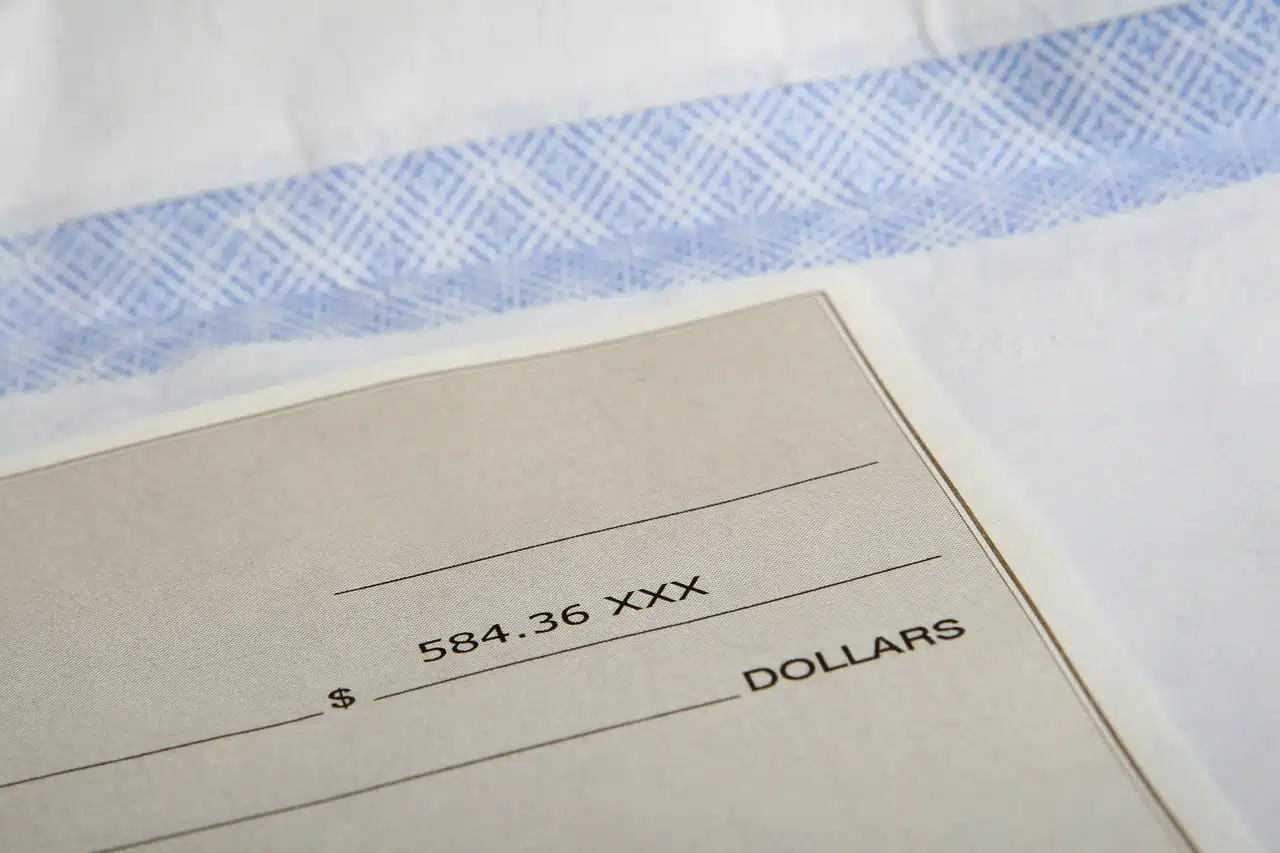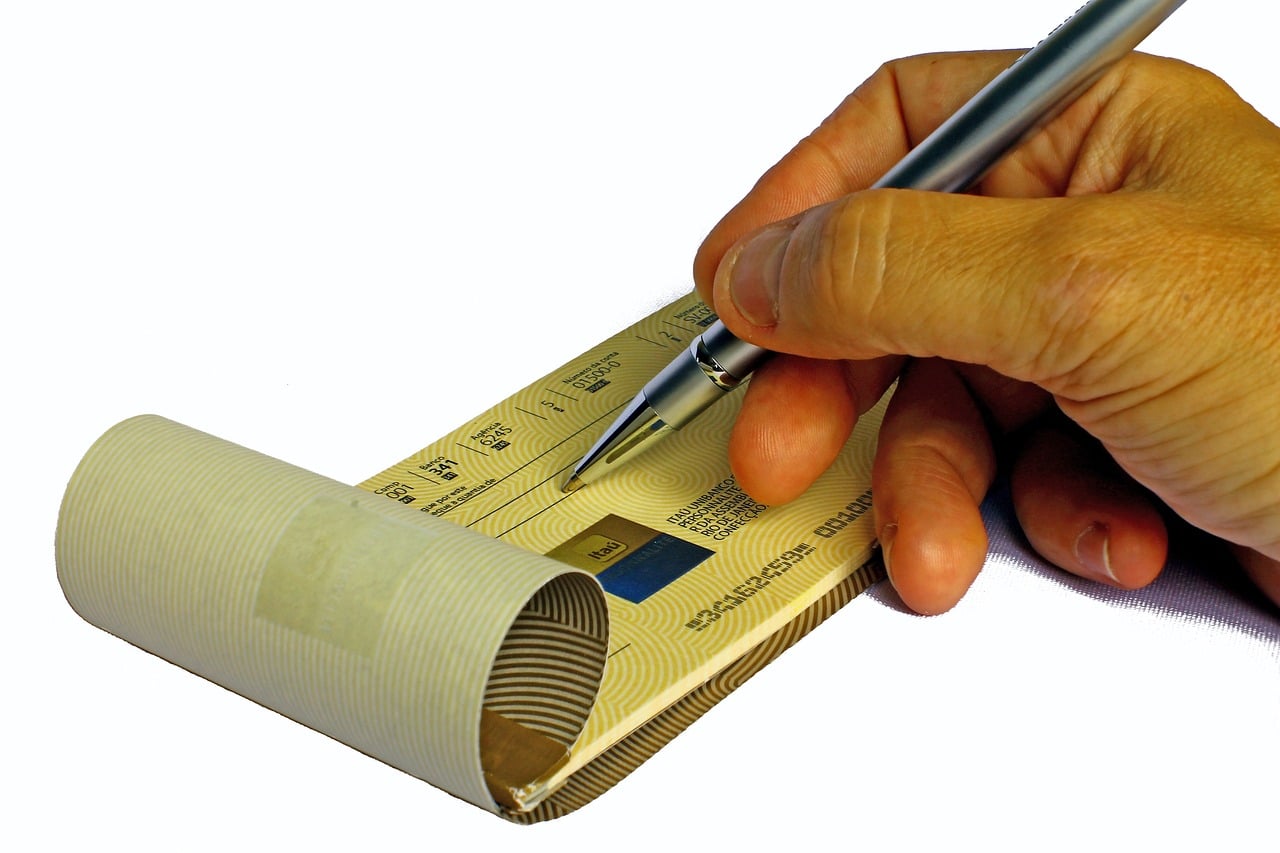
A commercial document that is constituted as a payment order is called a bill of exchange.
The bill of exchange is a commercial document that has relevance and executive influence. By means of its issuance, the drawer (also known as drawer) orders the drawee (drawee) to pay a certain amount of money to the recipient (beneficiary) or to whomever he designates, always within the framework of a specific period .
The bill of exchange consists, therefore, of a written order issued by an individual for another individual to pay a certain amount of money to a third party within a period to be established. When the drawee signs the bill of exchange, he is committing to pay and acquires an obligation .
Maturity of a bill of exchange
Bills of exchange have an expiration date, which corresponds to the day on which they must be paid.
Four types of maturities can be distinguished: bills drawn on a fixed day (which mature on that date), bills drawn at sight (they mature upon presentation for payment ), bills drawn with a term from the date (the which must be settled once the indicated term is met) and bills issued within a term from sight (due from the date of acceptance).
Your requirements
For a document of this type to be considered legal, it must meet a series of requirements:
- Identification of the drawee : identity completa de la persona física o todos los datos de la razón social que tendrá que pagar ya que, si existe algún error en este campo, la letra de cambio will be invalid ;
- Date and place of issue : where it is issued and the day, month and year of said issue must be specified;
- Amount : the sum expressed must be quoted both in numbers and in words, together with the clarification of the currency in which the payment will be made (in the event that the payment is made in foreign currency, it is necessary to indicate, on the day of payment , the exchange rate between both currencies);
- Maturity : depending on the type of document, the expiration date will change, but the bill of exchange must indicate when the debtor's term to pay the debt will end;
- Designation of the policyholder : data identificativos del librador de la letra, tanto nombre y razón social como dirección exacta en la que se domicilie la letra;
- Account number : to which the drawee's bank must pay the amount of the bill;
- Acceptance and signatures : both parties will record that they have carried out this operation freely and will sign to approve this.

The bill of exchange and the check share similarities but also have differences between them.
Differences between bill of exchange and check
Before explaining the differences between the bill of exchange and the check, it is necessary to talk about their similarities. Both are securities with credit content , that is, they allow proof that a debt exists between two people (whether physical or legal); However, they do not imply exactly the same thing.
The bill of exchange does not require a special form , but can be made in any private document; The check, however, as stipulated in article 712 of the Commercial Code, can only be issued in the checkbook format that will be delivered to the drawee at his or her bank.
Furthermore, when issuing a check it is mandatory to carry out a protest (a procedure where it is proven that a certain document has been presented for collection and has not been paid), while in the case of a bill of exchange it should only be done in the event that some of the parties have included the “with protest” clause.
When issuing a check, the drawer is required to have a checking account in the same bank as the drawee, while this requirement does not exist in the case of a bill of exchange. On the other hand, in the case of a check, the drawee will be the bank. As a final difference, the bill of exchange allows a percentage of interest to be set.
It is worth mentioning that the bill of exchange is one of the most notable documents when it comes to commercial effects, where someone has a credit right that will allow them to collect something from a third party.
